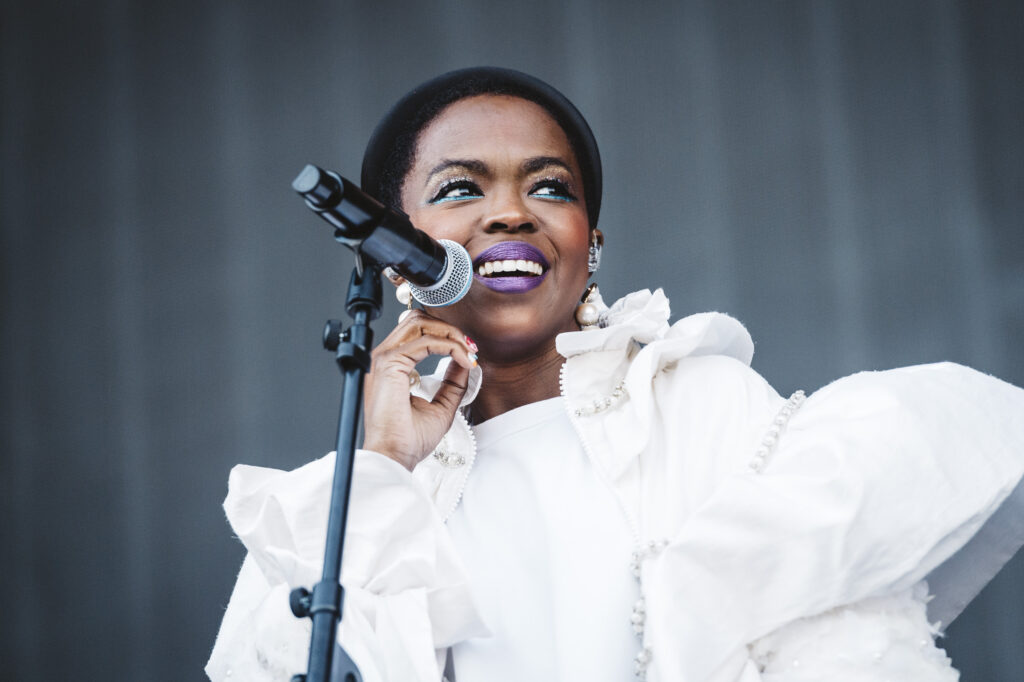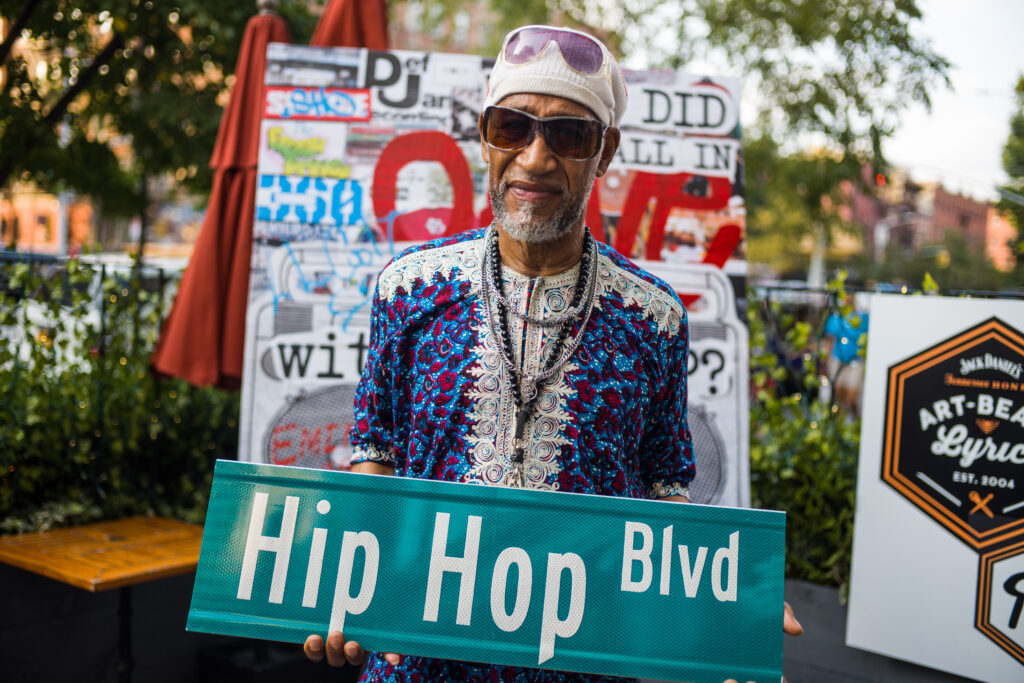Run-D.M.C. are headlining New York’s celebration of the 50th anniversary of hip-hop on August 11. Taking place near the borough where the cultural revolution that is hip-hop was born, Hip Hop 50 Live will feature additional performances from Snoop Dogg, Lil Wayne, Ice Cube, Lil’ Kim, EPMD, Ghostface Killah, and more at the iconic Yankee Stadium. That very borough surrounds where the career of Run-D.M.C.’s de facto leader D.M.C. got his start. Run-D.M.C is arguably the most influential rap group of all time, driving culture from their sonic-bending projects to the oversized Adidas streetwear.
Darryl McDaniels was born in Queens to a single mother. However, at a young age, his mother sent him to the New York Foundling Home. The care facility took in children who were abandoned. Soon, he was adopted by the McDaniels family. Raise as a Catholic, he had the resources and the environment of the burgeoning scene of hip-hop at his exposure. Inspired by early icon Grandmaster Flash, a young McDaniels taught himself how to DJ in his parents’ basement. However, his DJing days quickly pivoted to a focus on rapping under the D.M.C. moniker. Attending local block parties and DJ sets, he joined up with Joseph Simmons and Jam Master Jay.
Run D.M.C. Steered Rap In A New Direction
By the early 1980s, the trio of Run-D.M.C. were trailblazing their own path in the hip-hop world. Their 1984 self-titled debut set the stage for as iconic a run as we’ve ever seen in hip-hop, becoming the first rap group to go Gold, Platinum, and multi-Platinum. At the time, hip-hop was still frequently viewed as a dangerous form of sonic rebellion. Parents denounced the violent or outspoken nature of the genre, with national radio stations ardently avoiding hit hip-hop songs. With McDaniels at the helm, the trio kicked the door down. They were going to be recognized whether you liked it or not. By the time Raising Hell rolled around, Run-D.M.C. was on the front cover of Rolling Stone while rotating as a rapping mainstay in MTV’s slew of shows.
Run-D.M.C. played an instrumental role in stripping away from its disco roots. In many ways, hip-hop sounded like a looping extension of an existing genre before the trio’s arrival. Instead, their self-titled debut and succeeding records focused on stripped-down electronic production. Of course, this isn’t to say that every project sounded the same. If their debut was their most raw record, their sophomore effort ushered in rampant electric guitar strings and glossy synthesizers. The wildly commercially successful Raising Hell recruited Rick Rubin, adding a host of sly musical touches. Specifically, Run-D.M.C. was consistently ahead of their time during their initial three-album run.
Rapper D.M.C. Blended Hip-Hop With Rock
There was also the Run D.M.C. and Aerosmith collaborative re-working of “Walk This Way,” an initiative that would change hip-hop forever. Rubin entered their studio and noticed the three writing verses over the iconic Aerosmith ’70s jam. The collaboration improved hip-hop culture, introducing the sound to rock audiences that traditionally strayed as far from rap as possible. D.M.C. was a culture driver, a direct product of the melting pot of sonic influences he had grown up around. In essence, Run D.M.C. propelled hip-hop from being an underground best-kept secret to a true mainstream force.
However, personal issues for D.M.C. began to bubble up to the surface as the trio’s peak came to a close. By the mid-1990s, the trio’s primary period of relevance had ended. After a failed film initiative and a draining battle with their record label, they had suddenly fallen behind hip-hop’s ever-changing landscape. Mentally and physically burnt out from touring, D.M.C. developed a deep depression. He had long been known for struggling with alcohol abuse, something he’s more than willing to own up to today. D.M.C. told The Guardian, “For most of my early life, I smoked and snorted and guzzled my way through almost every day. If your soul is not right with what you’re doing, you will fall apart, like I did.”
He Overcame Substance Abuse Issues
Due to the years of recording and heavy drinking, Run-D.M.C. died slowly. Inspired by bands such as The Beatles or Bob Dylan, he aspired for the group to dive into a softer sound to complement his deteriorating voice better. Falling into a deep state of depression, it took fellow Run D.M.C. member Jam Master Jay being murdered in a recording studio to inspire him to turn his life around. Seeking therapy, he eventually became sober and pulled himself out of depression. Even for his up-and-down struggles throughout his life, he’s headlining Hip-Hop’s 50th Anniversary for good reason. D.M.C. is a true hip-hop pioneer and legend, from delivering the genre into the mainstream to pushing forward its ever-evolving sound.
The post D.M.C’s Journey As A Hip Hop Pioneer: From Hollis To The World appeared first on HotNewHipHop.










